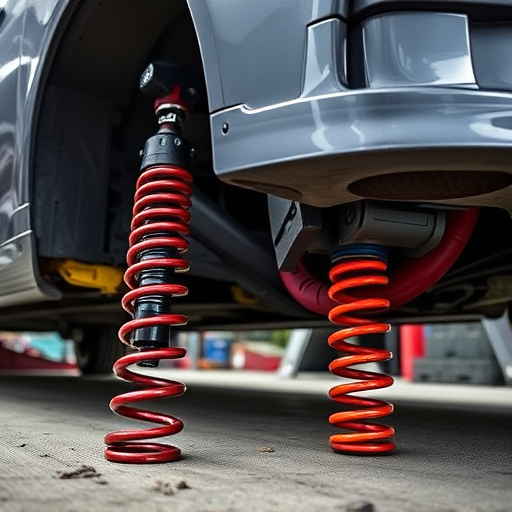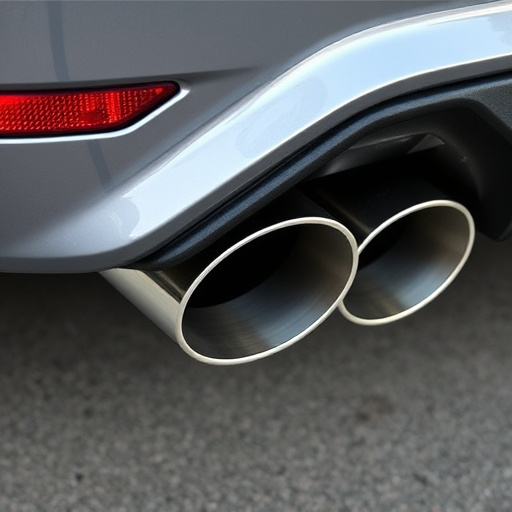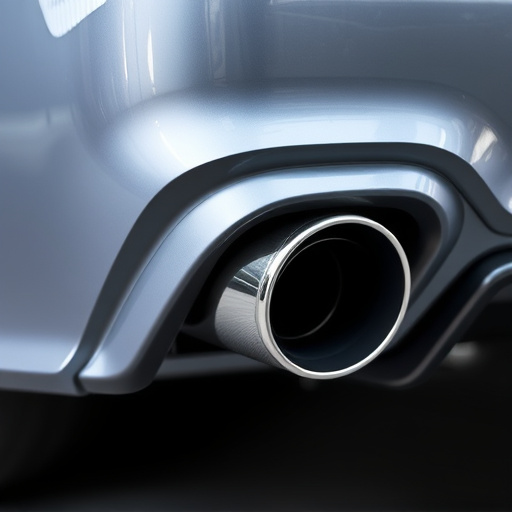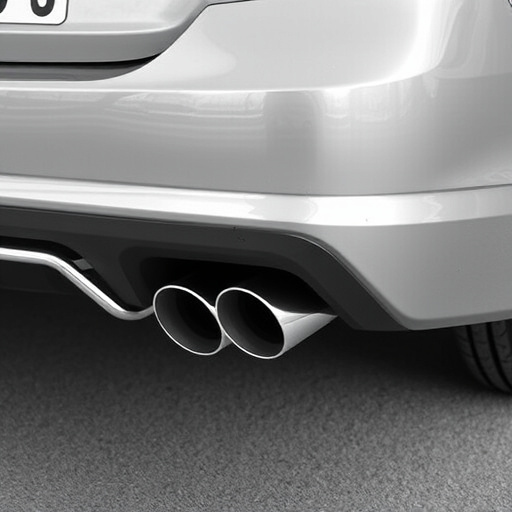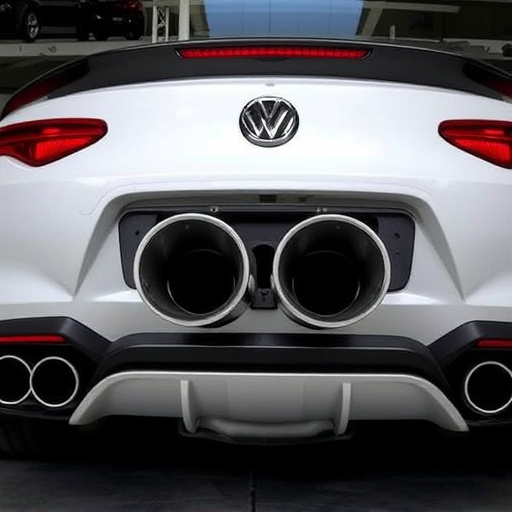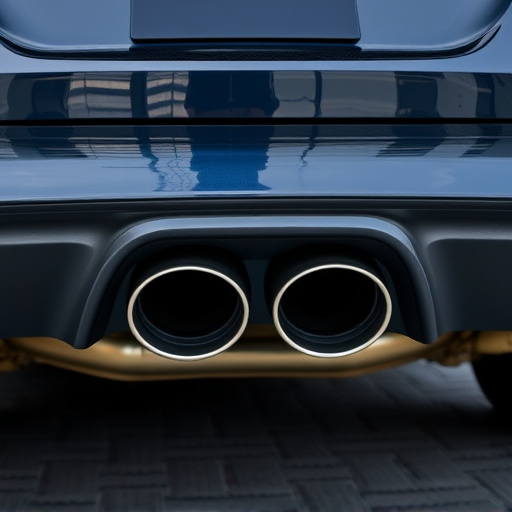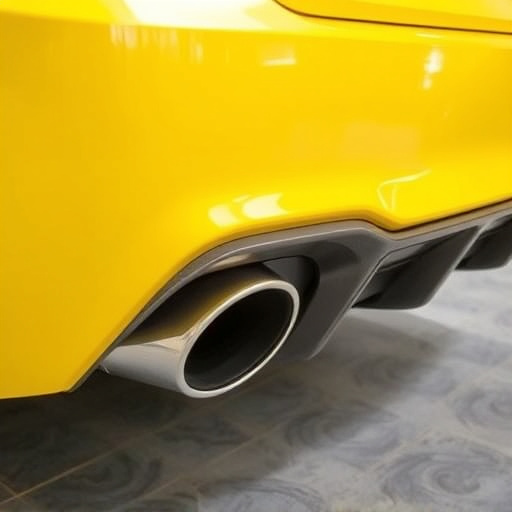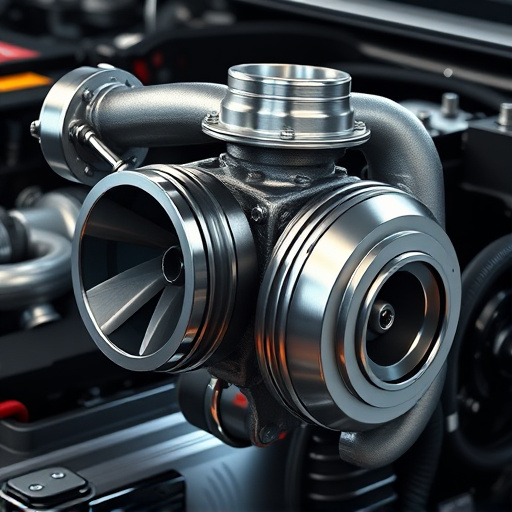When it comes to engine air intakes, OEM parts offer reliable performance and stock aesthetics, ideal for everyday drivers seeking subtle enhancements. Aftermarket intakes, on the other hand, aim to boost horsepower and airflow, catering to enthusiasts looking for dramatic performance gains. The choice depends on driving needs: OEM for discreet, efficient improvements, and aftermarket for significant power increases, suitable for track days or off-road use where warranties may be less of a concern.
Choosing between OEM (Original Equipment Manufacturer) and aftermarket air intakes is crucial for maximizing your vehicle’s performance. This guide breaks down their distinct features, advantages, and considerations for various driving needs. From improved airflow and efficiency to cost-effectiveness and customization, understanding these options empowers informed decisions. Whether enhancing stock engine performance or modifying for racing, learn when each type of air intake system excels in real-world applications.
- Understanding OEM and Aftermarket Air Intakes: Their Differences and Advantages
- Factors to Consider When Choosing Between OEM and Aftermarket Engine Air Intakes
- Real-World Applications: When to Opt for Each Type of Air Intake System
Understanding OEM and Aftermarket Air Intakes: Their Differences and Advantages
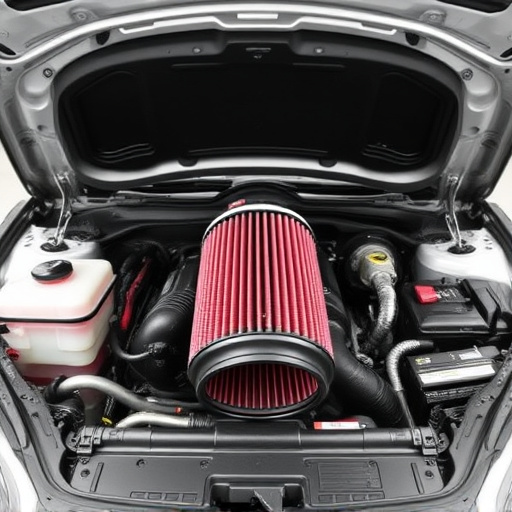
OEM (Original Equipment Manufacturer) air intakes are designed and engineered by the vehicle’s manufacturer to meet specific performance standards for a particular model. They come as standard equipment on new cars, offering reliable performance and seamless integration with the engine. OEM parts ensure compatibility and compatibility with your vehicle’s systems, providing peace of mind during installation.
Aftermarket air intakes, on the other hand, are third-party products designed to enhance or modify your engine’s air intake system. These high-performance parts often boast improved airflow, increased horsepower, and better fuel efficiency compared to OEM intakes. Aftermarket options include various designs like cold air intakes, dry filters, and performance exhaust systems that can work in conjunction with other upgrades, such as coilover kits, for a more customized and powerful engine setup.
Factors to Consider When Choosing Between OEM and Aftermarket Engine Air Intakes
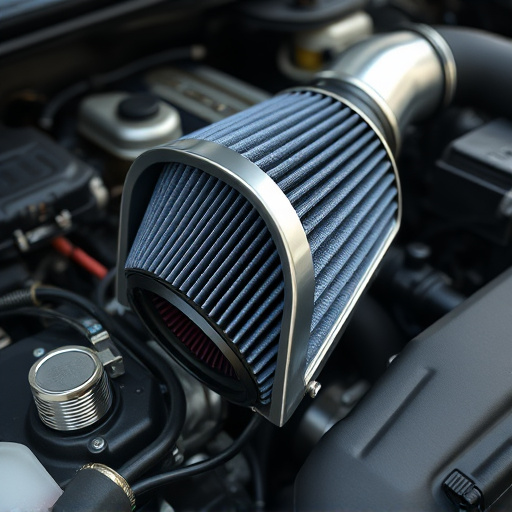
When deciding between OEM (Original Equipment Manufacturer) and aftermarket engine air intakes, several factors come into play. One key consideration is performance; aftermarket intakes are often designed to enhance airflow and power, catering to those seeking a more robust engine response. These modifications can be particularly appealing for vehicle owners who enjoy tuning their cars or plan to install other high-performance parts like coilover kits or suspension kits.
Additionally, the aesthetic appeal of an intake should not be overlooked. Aftermarket options often come with sleek designs and vibrant colors, allowing car enthusiasts to personalize their vehicles’ appearances. In contrast, OEM intakes typically maintain a more subtle and stock-like look. Another aspect to consider is compatibility; aftermarket intakes might require modifications for installation, while OEM parts are designed to fit seamlessly into the existing engine bay, ensuring easy replacement without additional adjustments. Moreover, aftermarket brands may offer unique features like adjustable airflow controls or specialized materials, which can further influence your decision based on specific performance goals and preferences.
Real-World Applications: When to Opt for Each Type of Air Intake System
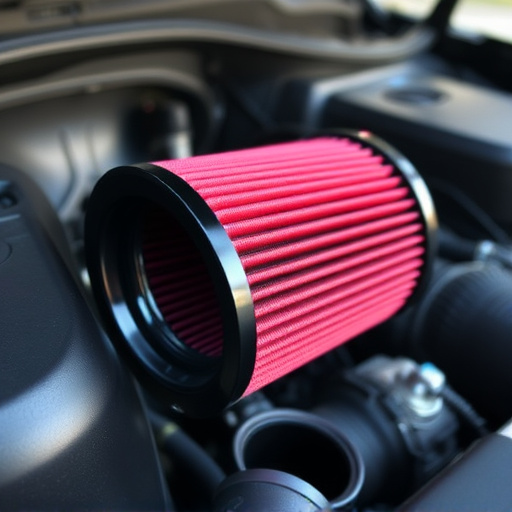
When it comes to enhancing your vehicle’s engine air intake for real-world driving conditions, the choice between OEM (Original Equipment Manufacturer) and aftermarket systems depends on several factors. For everyday drivers seeking a subtle performance boost and improved fuel efficiency, an OEM air intake system is often the ideal choice. These systems are designed to seamlessly integrate with the vehicle’s existing components, ensuring optimal airflow without compromising reliability or requiring extensive modifications. They typically offer a balance between performance gains and ease of installation, making them suitable for those who want a subtle yet effective upgrade.
On the other hand, aftermarket air intake systems cater to enthusiasts seeking more dramatic performance improvements, especially when combined with performance exhausts and suspension kits. These systems are designed to maximise airflow, often featuring larger filters and more aggressive tuning. Aftermarket intakes can provide significant power gains, but they may require additional modifications, such as installing air filter kits, and could potentially affect the vehicle’s warranty. Real-world applications for aftermarket intakes include track days or off-road adventures, where the focus is on maximising engine performance rather than daily drivability.
When deciding between OEM and aftermarket engine air intakes, understanding their distinct characteristics and your specific automotive needs is key. OEM intakes offer superior performance and reliability, while aftermarket variants provide enhanced cooling and customization options. By considering factors like compatibility, installation complexity, cost, and desired performance gains, you can make an informed choice tailored to your vehicle’s requirements. Whether prioritizing stock efficiency or seeking a tunable edge, the right air intake system will contribute to improved engine responsiveness and overall driving experience.






